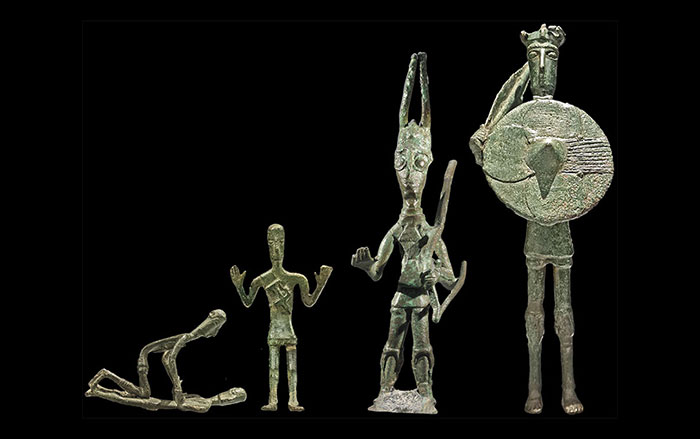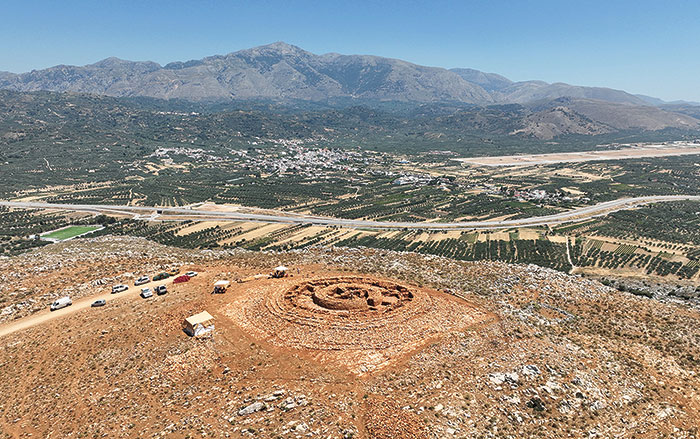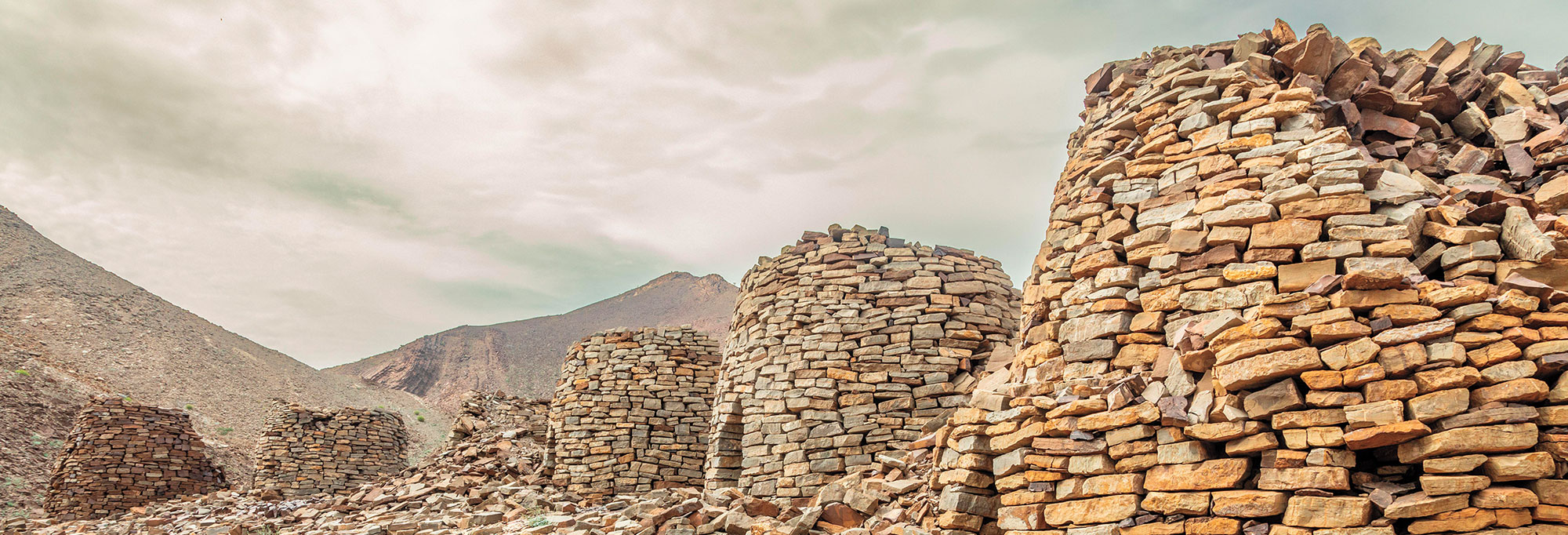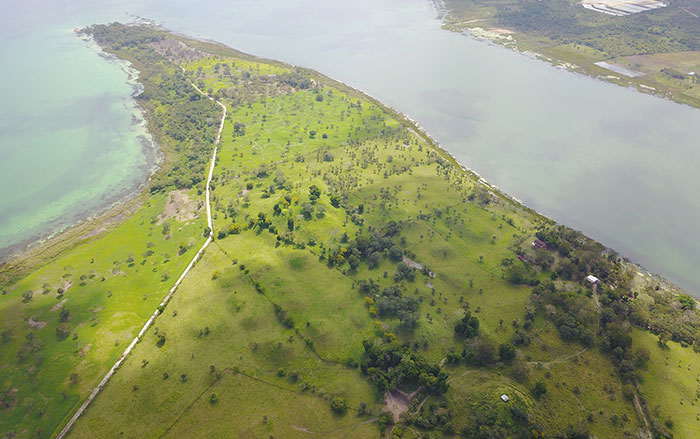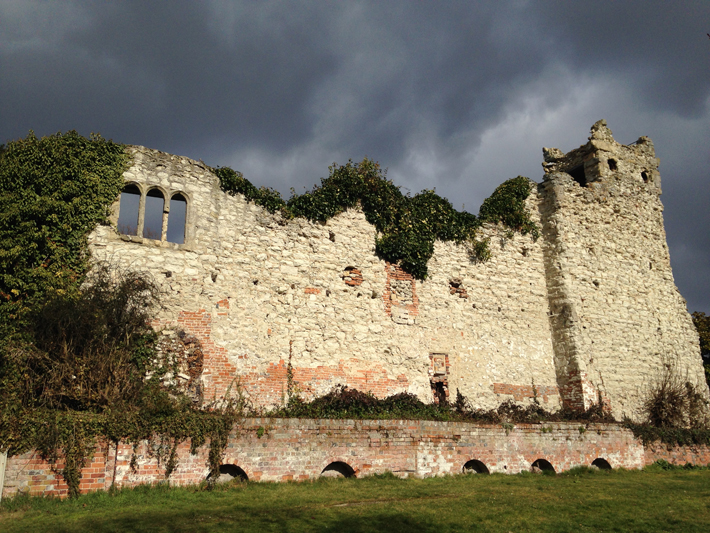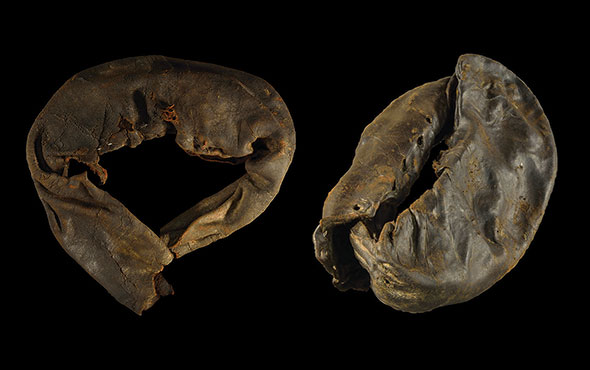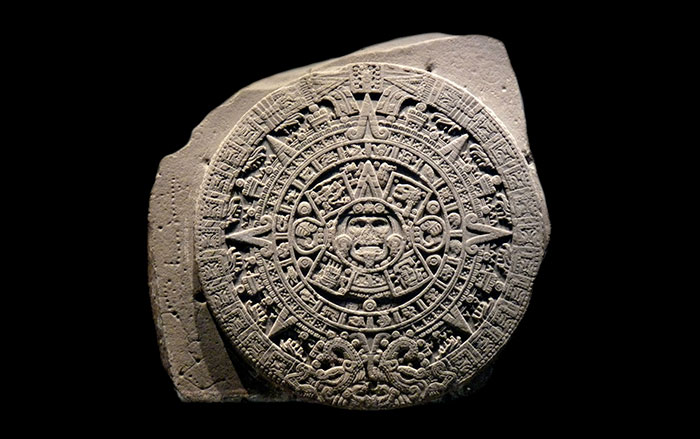
GRANADA, SPAIN— Newsweek reports that a team led by University of Granada archaeologist Mercedes Murillo-Barroso has found that the earliest examples of amber in Iberia date to the fourth millenium B.C., and came from Sicily, rather than the Baltic, as had been previously thought. Most of the amber samples discovered in Iberia come from the southern regions of the peninsula, suggesting that the gemstones may have come through trade with North African peoples. During the Late Bronze Age, amber from the Baltic began to replace the Sicilian variety, though the team believes it too came through Mediterranean trade routes, rather than direct exchange with Scandinavia. To read more about Iberian archaeology, go to "Spain's Silver Boom."



